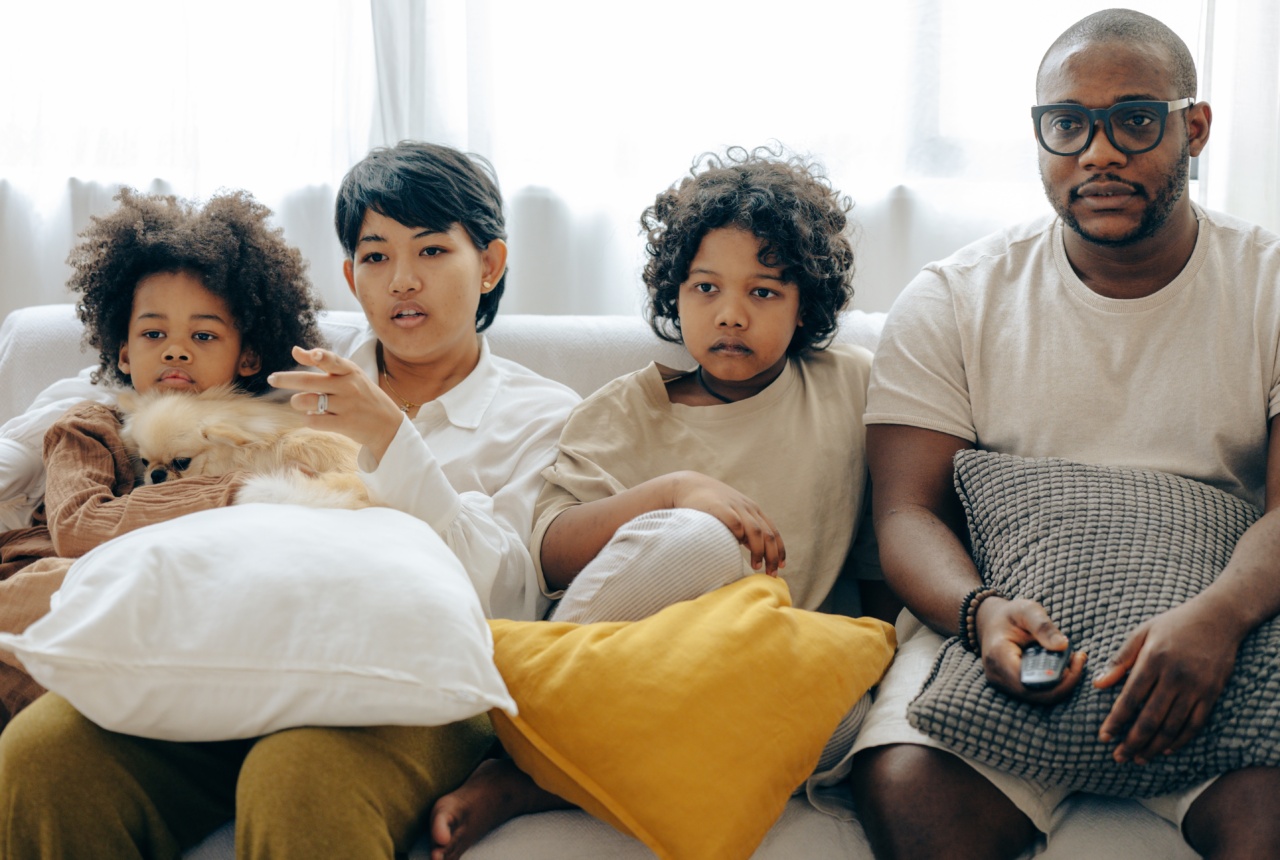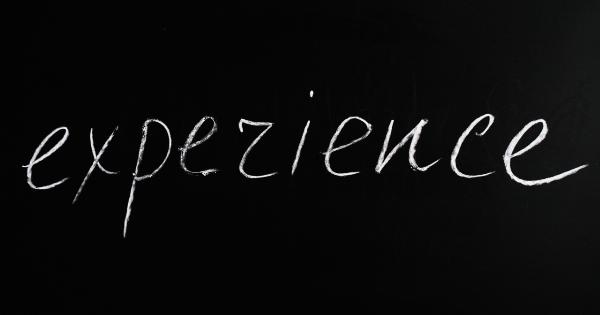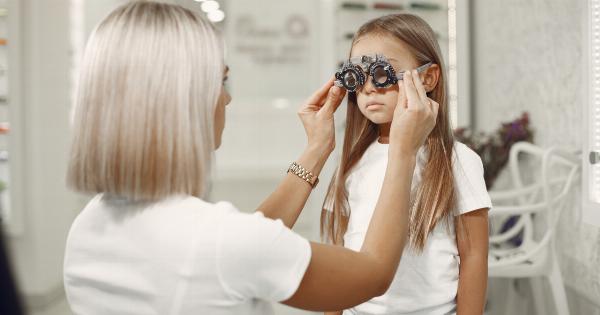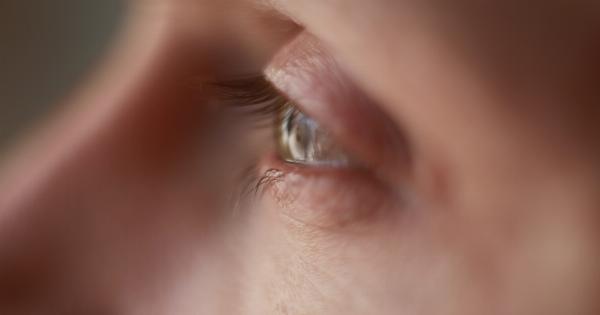Amblyopia, commonly known as “lazy eye”, is a condition in which one eye has poor vision even with the use of glasses or contact lenses. The brain begins to favor the “stronger” eye causing the other eye to become weaker.
This condition can develop in childhood and can have a significant effect on a child’s quality of life, if not treated early.
When Does Amblyopia Become Noticeable in Children?
Amblyopia can occur in children as young as infants, but it typically becomes noticeable between the ages of two to four.
However, some cases of amblyopia may not be noticeable until children reach school age and begin experiencing difficulties with tasks that require good vision, such as reading or playing sports.
Causes of Amblyopia in Children
Amblyopia can develop from a variety of causes, including:.
- Strabismus (misaligned eyes)
- Unequal refractive errors
- Eye injuries or diseases
One common cause of amblyopia is strabismus, in which the eyes are misaligned, causing the brain to suppress one eye to avoid double vision. The suppressed eye then becomes weaker over time, leading to amblyopia.
Another cause of amblyopia is unequal refractive errors, where one eye is significantly more nearsighted or farsighted than the other. The brain may favor the eye with less refractive error, leading to amblyopia in the other eye.
Symptoms of Amblyopia in Children
Amblyopia typically doesn’t cause symptoms that are obvious to parents or caregivers. However, there are some signs that may indicate an eye problem, including:.
- Squinting or closing one eye
- Tilting the head to one side
- Covering one eye
- Difficulty seeing objects in 3D
- Bumping into objects while walking
These symptoms should not be taken lightly and should prompt a visit to an eye doctor for further evaluation.
Diagnosing Amblyopia in Children
Amblyopia can be diagnosed through a comprehensive eye exam, which includes:.
- Visual acuity tests
- Eye movement tests
- Examining the eyes for any abnormalities
- Testing for refractive errors
It is important for children to have regular eye exams, starting at six months of age, to detect any potential vision problems early on.
Treating Amblyopia in Children
The goal of treating amblyopia is to strengthen the weaker eye, so it can work properly with the stronger eye. Treatment options may include:.
- Patching the stronger eye: This forces the brain to use the weaker eye, strengthening it over time.
- Using atropine eye drops: These drops temporarily blur the vision in the stronger eye, causing the weaker eye to be used more often.
- Corrective lenses: Glasses or contact lenses may be prescribed to correct refractive errors.
Treatment options may vary depending on the child’s age, the severity of amblyopia, and the underlying cause.
Preventing Amblyopia in Children
While not all cases of amblyopia can be prevented, there are steps parents can take to help promote healthy vision in their children, including:.
- Scheduling regular eye exams
- Monitoring and addressing any signs of eye problems
- Making sure children wear corrective lenses as prescribed
- Encouraging children to play outdoors and engage in physical activity, as this promotes healthy vision development
Conclusion
Amblyopia is a common condition that can negatively affect a child’s vision if not caught early. Parents should pay attention to any signs or symptoms of vision problems and be proactive in scheduling regular eye exams for their children.
With early detection and proper treatment, children with amblyopia can experience improved vision and quality of life.



























